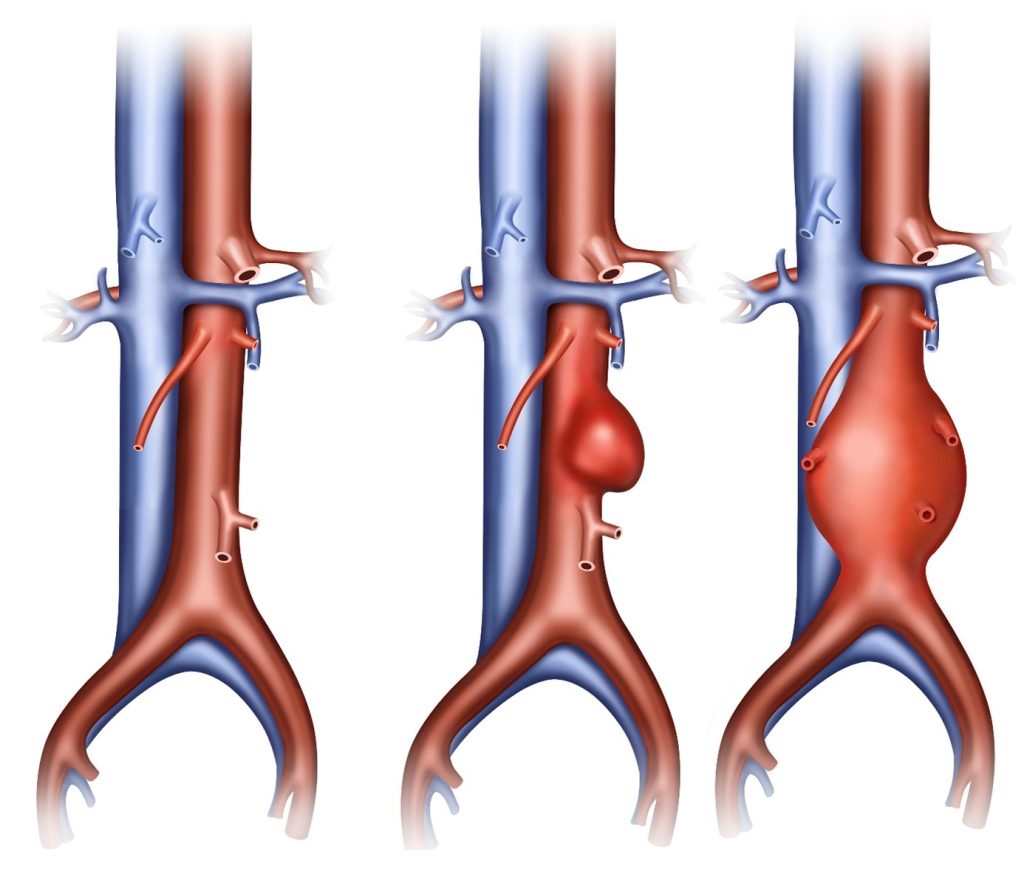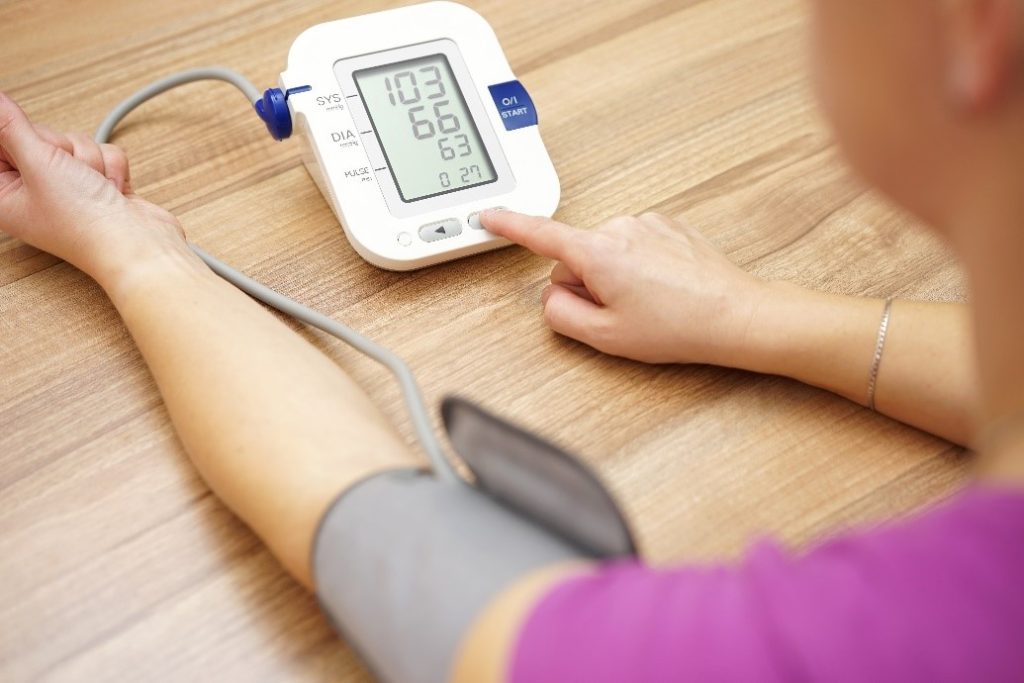Aortic dissection
Aortic Dissection occurs when the inner layer of the aorta (intima) is broken or tears so that blood starts leaking out between the inner and outer layer of the aortic wall. This then starts spreading out and causes a splitting of the aortic walls whereby a fake blood channel is created (called false lumen). The blood contained in the false lumen travel parallel to the normal blood flow in the aorta.
Aortic Dissections are divided into type A and type B. Both conditions are life threatening and requires immediate treatment. If a doctor suspects aortic dissection type A, the very serious form when the tear of the vessel wall occurs near the heart, there is no time to wait. Half of those who suffer never have time to reach a hospital, but if discovered in time – these patients have to undergo surgery urgently to prevent serious damage to the aortic valve and heart.
In type B dissections, as it is called when the damage occurs after aortic arch, doctors may use surgery if there is a risk of aortic defects or other damage to organs if the blood supply to these other organs is severely damaged. Otherwise these patiens are treated with medication in intensive care units in the hospital.
Aortic dissection can occur spontaneously, but there are several underlying risk factors. Bicuspid aortic valve, genetic connective tissue diseases such as Marfan syndrome or Loeys-Dietz, high blood pressure, certain other inherited disorders and excessive shock or trauma that causes excessive increase in blood pressure may constitute as risk factors.
Occurrence aortic dissection
According to a dissertation presented in 2021* aortic dissection predominantly affects men and the incidence is between 7,2 per 100 000 inhabitants a year. approximately 30% of those who are affected survives.
*Population-Based Analyses of Incidence, Prognostic Determinants and Outcome of Aortic Dissection THESIS FOR DOCTORAL DEGREE (Ph.D.) Christian Smedberg 24 September 2021

Aortic aneurysms
Aortic Aneurysms can be a life threatening condition if not detected in time. The connective tissue in the aorta has been weakened or broken down and where the vessel wall is weakest it forms a dilatation that can rupture or burst if it becomes too large. Usually, there are no sensations or symptoms until this happens. The actual dilatation can usually be treated with surgery if discovered in time. Although doctors can save more and more victims today, over 1.000 Swedes die every year as a result of ruptured aortic aneurysms. An aortic aneurysm where the inner layer of the aorta weakens can develop into an aortic dissection.
Living with Aortic Dissection – impact on everyday life
It is highly individual how life will turn out after falling ill. It depends on how many consequential damages arise in connection with an aortic dissection, and if it is a Type A or Type B dissection.
In general it can be said that all living with a dissection, whether it is Type A or B, will need lifelong medication to keep control of blood pressure and keep it low, and lifelong regular monitoring of the size of the aorta around the dissection using digital imaging analysis as MRI or CT scan. When you have an injury to the aorta and live with a remaining dissection, this means that the aorta is more sensitive to pressure increases, and one needs to adopt more cautious lifestyle to avoid activities giving cause for significant increases in blood pressure (as example weightlifting and sports or activities that expose the body to impact) .


In type A dissections, there may be damage to the heart and aortic valve and, regardless of type A or B, there may be other dissections in other arteries connected to the aorta, giving cause to quite different restrictions. Also any problems from open heart surgery can affect life after a dissection.
